“By 2022, more than half of enterprise-generated data will be created and processed outside of data centers, and outside of cloud.”
Information takes time to get from a user to a cloud and back again. Bandwidth is expensive and customers don’t want to wait. Edge computing helps you satisfy your customers and create new services and business models.
Edge computing puts IT resources close to end users and Internet of Things (IoT) devices, making possible new services and applications.
This guide explains edge computing and why it matters. You’ll find everything you need to know about edge computing, how it works, the impact of 5G, and how to look for the right edge data centers.
What is Edge Computing?
Edge computing is a model where information processing (data and computing) is physically located close to the things and people that produce or consume it. Close proximity makes for the best user experience (UX).
In the past, businesses looking to improve latency connected to carrier hotels in certain Tier 1 (largest population) cities. The rise of Software-Defined Networking took it a step further by branching out to more Tier 1 cities, then Tier 2 cities, and so on. This big step in network infrastructure enabled IoT devices and services to move closer to the end-user.
TIP: The edge is where your customers are.
People and devices connect to the internet at the edge. The edge encompasses the actual location of every connected device in the world.
Edge computing is a model where information processing (data and computing) is physically located close to the things and people that produce or consume it. Close proximity makes for the best user experience (UX).
Companies deliver computing resources to the edge in many different ways. For example, your edge deployment might be hundreds of micro data centers in IT closets around the world. Or your edge may be colocation data centers, managed hosting providers, or private cloud hosting providers that bring your application within one to 50 miles of thousands (or millions) of consumers.
Edge Computing Trends
27%
Annual global growth rate for edge computing through 2023
“Enterprises are using edge topological ideas to cut WAN costs by half, while improving resiliency and improving user experience (UX) by 200%.”
Why Businesses Use Edge Computing
Reason 01: To get closer to a mobile or distributed workforce
As more data is exchanged with a remote workforce, network congestion and latency can impact application performance. Edge servers improve network performance, employee productivity and customer satisfaction.
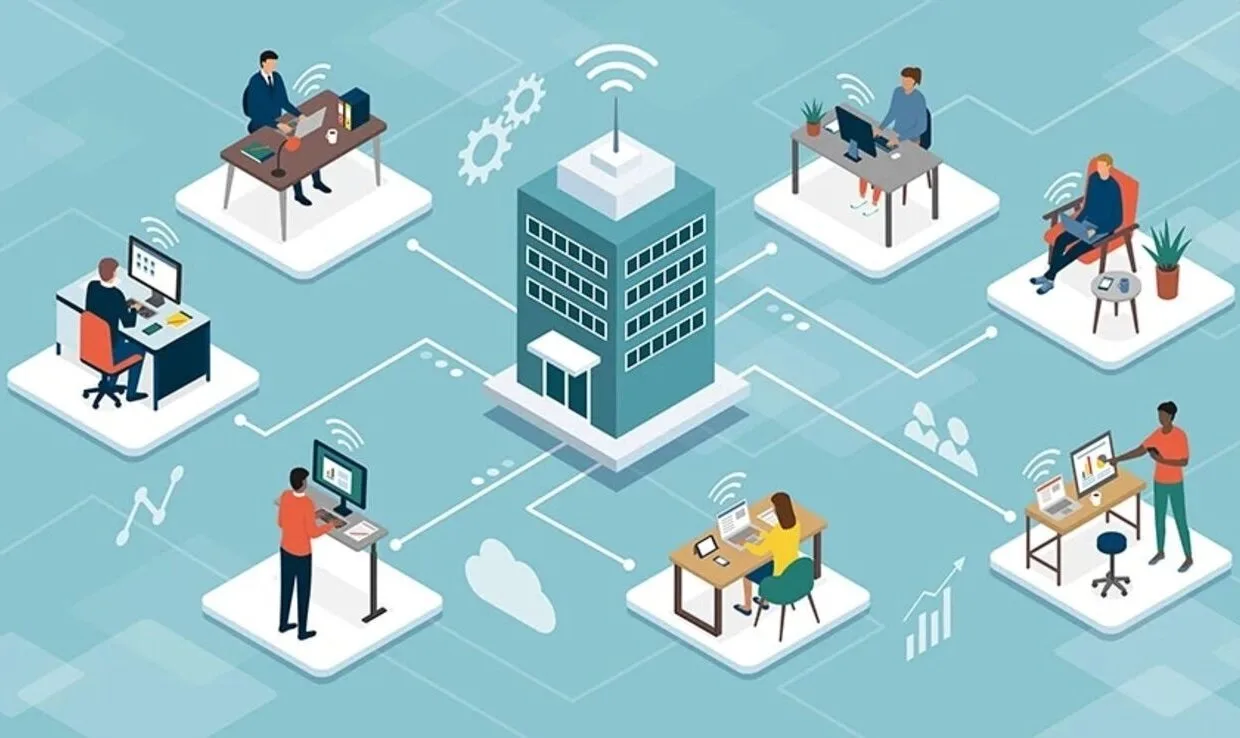
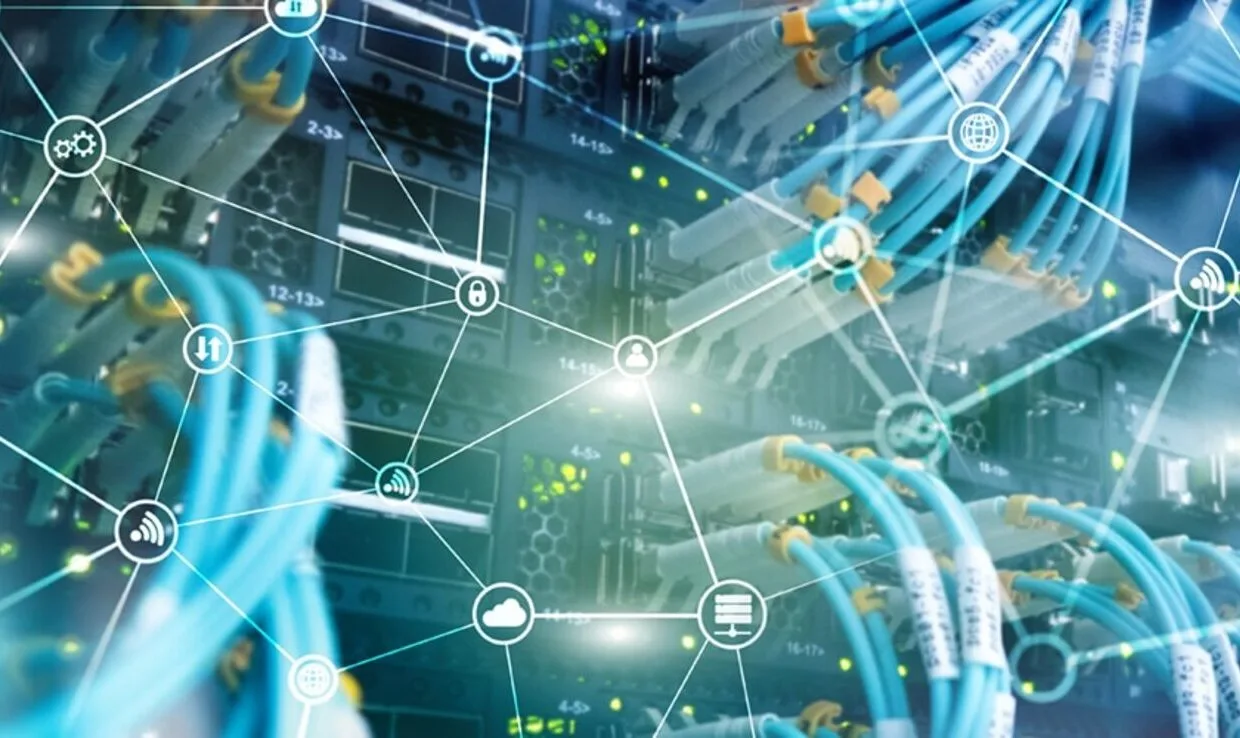
Reason 02: To process data from the Internet of Things
The proliferation of IoT devices is driving the need for compute and data at the edge. IoT devices can generate a high volume of data but save costs by not having much on-board processing and computing power. Edge computing enables autonomous and machine learning applications and IoT microservices.
Reason 03: To support innovative products
New business models require less latency. Edge computing allows a faster response by processing data locally, instead of incurring the latency of processing in a centralized data center hundreds of miles away. Off-loading computing to an edge data center can also allow wearables and vehicles to weigh less.
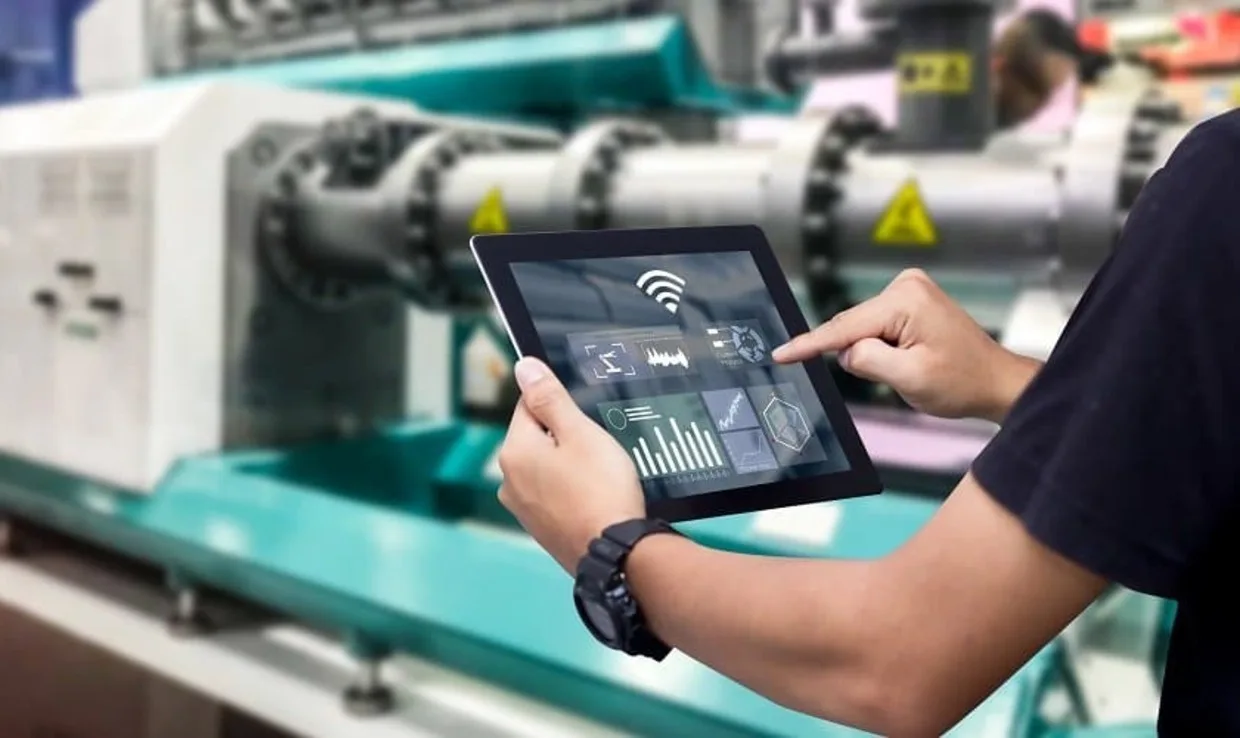

Reason 04: To engage and interact with customers
Popular consumer applications require a lot of bandwidth (e.g. video streaming services and consumer-generated video) or low latency (e.g. video chat and augmented reality). The proximity of edge computing makes these services responsive.
Reason 05: To add new capabilities in hybrid environments
Some workloads have requirements that are best served by edge computing. On-premises, colocation, cloud computing and edge computing each deliver unique benefits – allowing an enterprise to find the right fit for each application.
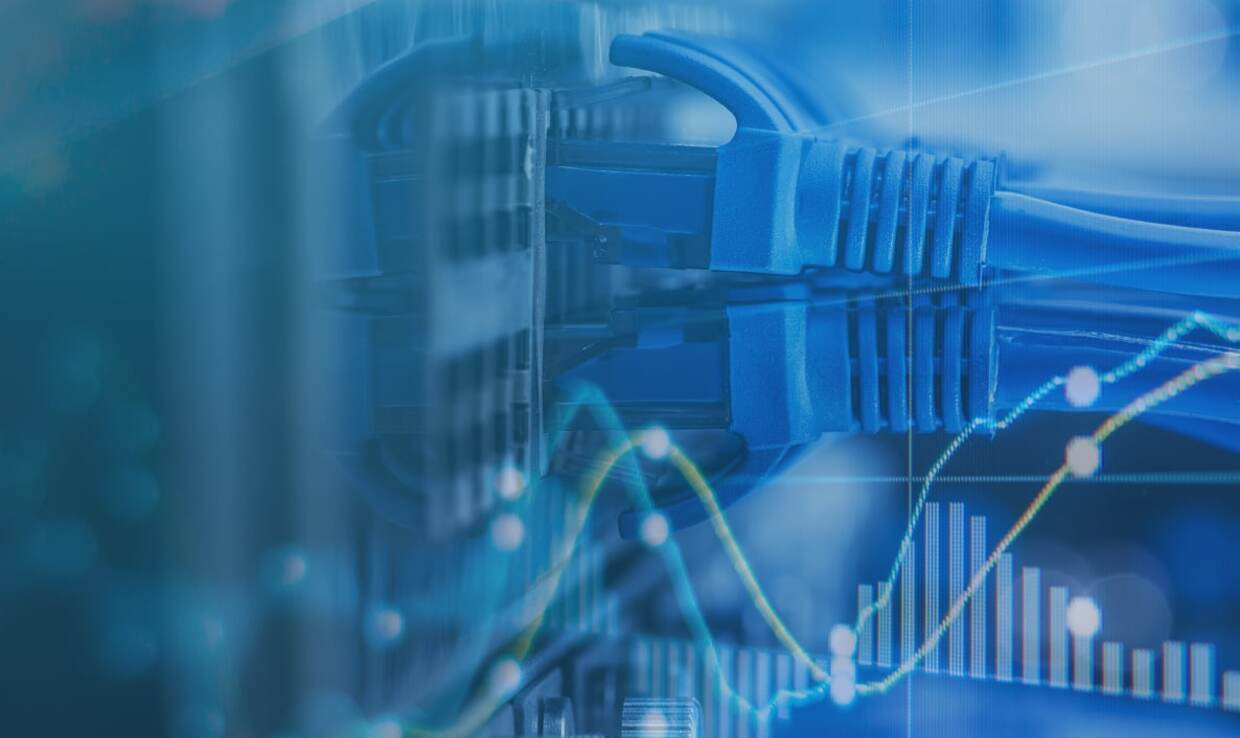
Key Considerations for Edge Computing Deployments
Learn about four edge deployment challenges and how to overcome them.
Examples of Edge Computing
Edge data centers deliver the network resources demanded by today’s consumers and enterprises.
When you hear “smart” these days, it often refers to a network of IoT devices. They are typically wireless digital sensors that will generate data that is best processed at the edge, close to the source of the data.
Edge computing can provide information processing locally and bi-directional data flow to devices, users and to clouds. As a result, enterprise edge applications can provide monitoring and threshold alerts, business intelligence, and machine-to-machine automation in enterprise applications.
Examples of enterprise edge applications:
- Machine control
- Equipment monitoring
- Patient monitoring
- Robot surgery
- Environmental monitoring
- Vision-based analytics
- Remote facility monitoring
- Security services
- Farm monitoring
- Asset tracking
- Fleet vehicle diagnostics
- Autonomous delivery

Machine-to-machine (M2M) applications will account for half of all devices and connection by 2022.
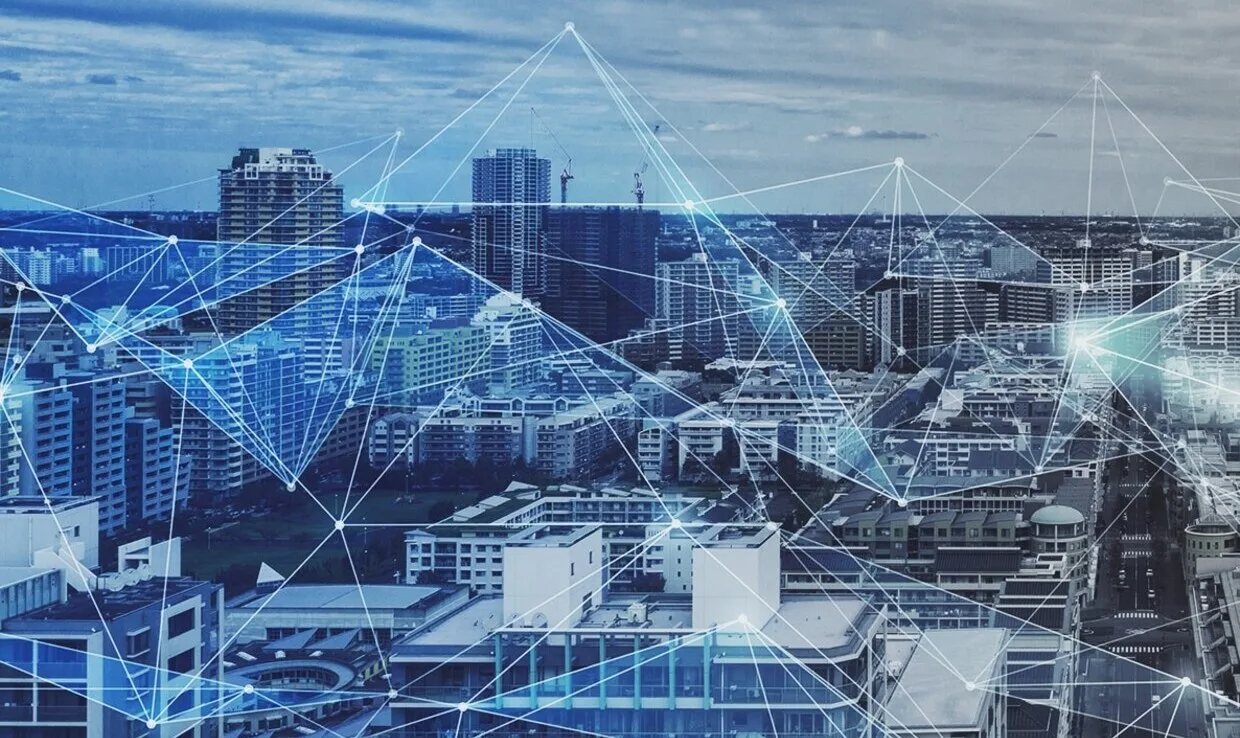
Examples of consumer edge applications:
- Smart home automation
- Smart cities
- Connected cars and autopilot
- Autonomous ride sharing
- In-store engagement
- Streaming video
- Multi-player gaming
- Augmented reality
- Virtual reality social platforms
- Onsite spectator entertainment
This graphic shows how organizations can add additional managed services to a colocation solution as the organization’s IT needs change.
How Edge Computing Aids Modern Manufacturing
Learn about modern manufacturing companies use the edge to power their operations.
Advantages of Edge Computing
A data center within 50 miles of its users can offer a much better user experience to your customers. Edge computing offers many advantages to enterprises. Here are five benefits of edge computing:
Lower latency
Milliseconds matter to users’ perceptions of performance. Physical distance is the greatest contributor to latency. Bringing your edge data center to within 50 miles of your end users can reduce latency to imperceptible levels.
Higher performance
Sending information back and forth takes time (alas, limited by the speed of light). Edge computing allows data to be analyzed locally, so users don’t have to wait for data to travel to and a distant cloud or data center.
Better user experience
If it takes longer than a millisecond for a site to load, customer satisfaction suffers. Edge computing can enable faster decision making and faster responses for an improved customer experience.
Improved security
Edge security requires the same stringent information security controls as IT security. Edge computing can:
Reduce the amount of sensitive data transmitted
Allow data to be anonymized closer to the source to protect personally identifiable information
Limit the amount of data stored in any one location.
Lower cost
Network bandwidth and data storage are expensive. Analyzing the data locally and transferring less data back to a cloud can reduce bandwidth, data communication and storage costs.
60% of servers will be located in an edge data center by 2025.
Edge Computing vs Cloud Computing
Edge computing and cloud computing are complementary
Hyperscale public clouds help IT organizations become more agile, but they can also increase latency if the cloud servers are far away. Just because you can operate from a distant cloud data center, should you in all cases? Edge computing and direct cloud connectivity complement cloud computing.
Edge delivers distributed computing
Edge computing is a distributed form of cloud computing. Businesses are increasingly using both hyperscale data centers (centralized) and edge data centers (distributed) to support IT strategies and digital transformation.
Edge enables near-real-time feedback
Analytics need to be located close to the edge for applications where near-real-time feedback and optimization are a priority. Like autonomous vehicles and machine-to-machine applications.
Edge provides direct connectivity to hyperscale clouds
Some edge data centers will provide hyperscale cloud on-ramp and off-ramp services, which help to limit the distance the data travels on the internet. AWS, Azure and Google Cloud all offer direct connections. Learn how edge computing will work with AWS and Azure.
Edge will be managed centrally
Many businesses need to deploy and manage tens, hundreds, or thousands of distributed edge data centers. They will achieve economies of scale by standardizing on a software-defined configuration and replicating it repeatedly, using hyperconverged infrastructure (HCI). Such a constellation of edge data centers will be remotely monitored and managed with automation platforms.
IT governance also scales with this approach. Since central IT configures the components at the edge, they can ensure consistency and adherence to best practices and policies. Are you considering a migration to the edge? Learn about the main edge computing migration concerns and challenges.
Getting Edge Computing Expertise and Solutions
Explore edge computing with a trusted data center provider

Location, location, location
TierPoint is a leading provider of secure cloud and data center solutions at the edge of the internet. We have one of the largest and most geographically diversified footprints in the nation. We have 40 world-class data centers in 20 U.S. markets and 8 multi-tenant cloud pods, connected by a coast-to-coast network.
Network fabrics & interconnection
Do you have high-bandwidth applications and need high-speed connectivity within the data center? TierPoint’s data center fabric provides any-to-any high-speed connectivity. Fast, flexible interconnectivity enables the use of other advanced networking technologies and the delivery of managed services, such as disaster recovery.

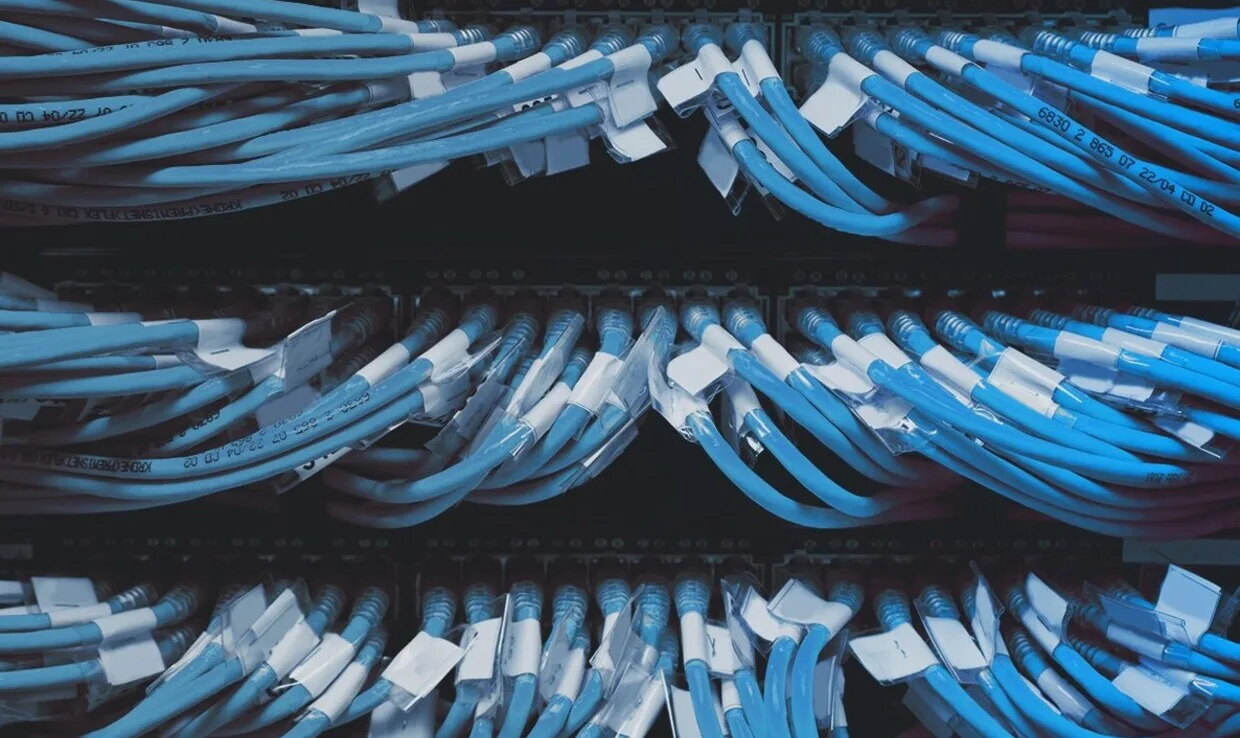
Diverse connectivity options
Our network services deliver direct connections to AWS, Azure, and Google hyperscale public clouds. These hyperscalers:
- bypass the internet,
- cross connect for redundant carrier-diverse connectivity to the internet and private lines,
- and high-performance managed bandwidth between our nationwide network of data centers.
